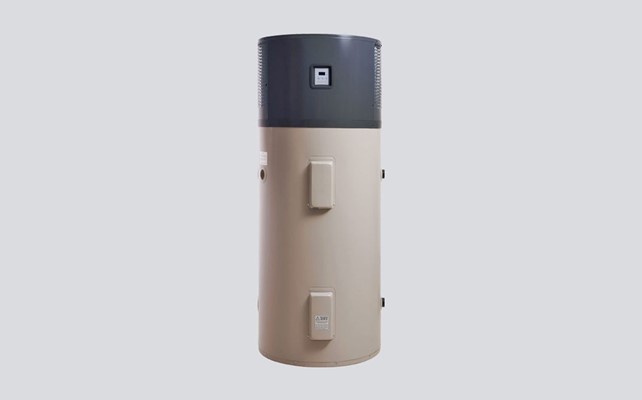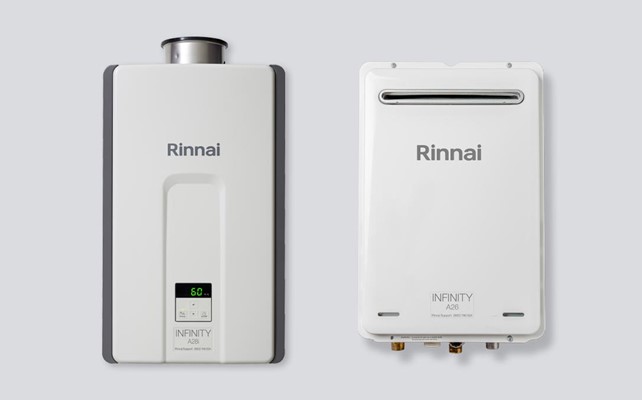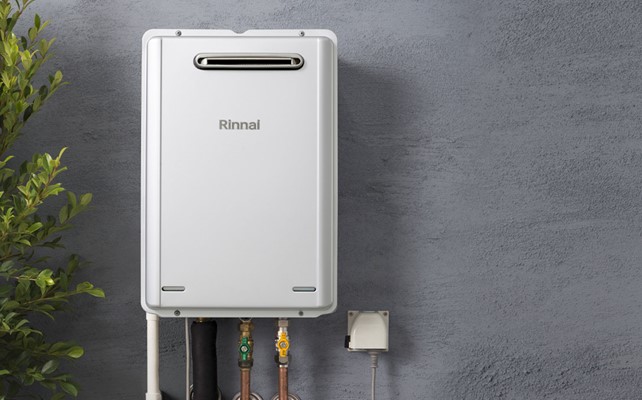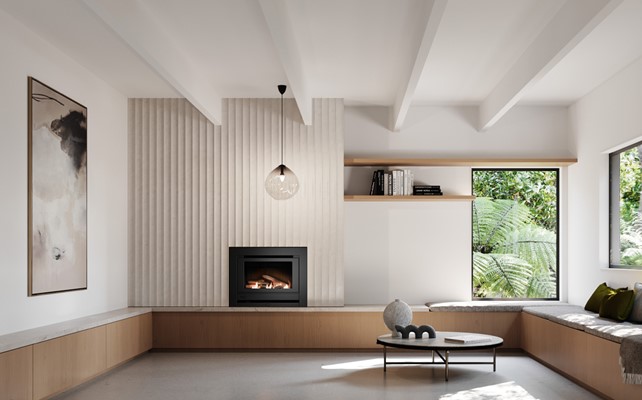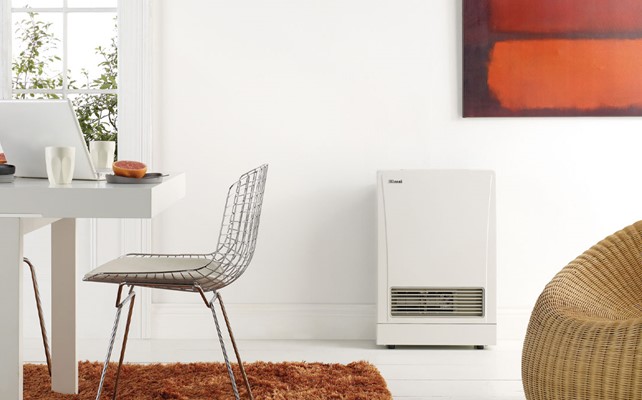All the latest news and views from Rinnai
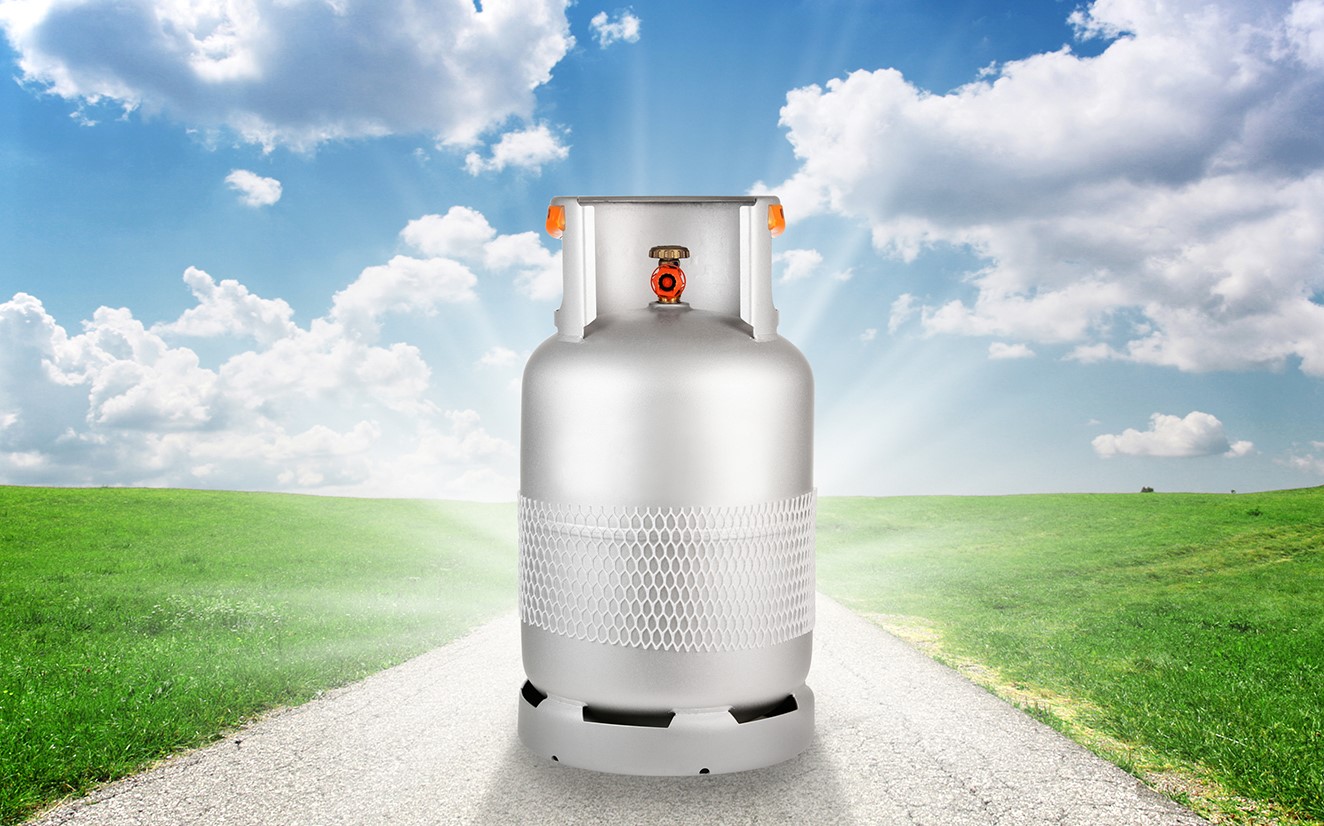
So you’ve decided to make the switch to gas, but find out after hours of research that your home can’t be connected to the natural gas network.
All is not lost as Liquefied Petroleum Gas (commonly known as LPG) in most cases is still a viable alternative to mains gas.
There are also many misconceptions about connecting to LPG. However, in the majority of cases the process is relatively straightforward. As long as you have enough space externally to safely install your LPG cylinders, then you should be able to use LPG. There are a large number of retailers and trade professionals who can help get you up and running.
A four step approach of how to get connected:
Step 1: Decide what appliances you want connected.
First off, you’ll need to choose what gas appliances you want to connect up to your LPG supply. This may include a Rinnai INFINITY® continuous flow gas hot water system, a gas fire, a gas heater or a gas cooker. The number of appliances you want connected will affect how many LPG cylinders that you require and in some cases you may need a location test certificate to legally store these on your premises. An energy retailer should be able to recommend how to get this certification or you can consult Worksafe New Zealand for more information.
Step 2: Contact a gas fitter.
A licensed gasfitter is needed to safely install your LPG cylinders and connect them to your selected appliances. They can provide a quote to connect your appliances to your LPG cylinders, and can help you choose a compliant location for the LPG cylinders.
Step 3: Set up an account with an LPG supplier.
There are lots of options here, from large energy retailers such as Nova, Contact and Genesis Energy to smaller more local providers such as Elgas. Websites such as Consumer.org.nz can be a useful resource in making your decision. You will need an account with that retailer for billing purposes and typically they will ask you the name of your gas fitter.
You’ll also need to pick your LPG supplier before the gas fitter starts, as they will need to know who to order the initial gas bottles from.
Lastly you need to decide on the type of gas bottle delivery that you want. Depending on where you live in New Zealand, there are normally two options to choose from. Either Automatic Tanker Delivery where your retailer monitors your usage and schedules deliveries; or Bottle Exchange where you’ll need to monitor and reorder any replacements yourself – sometimes this is as easy as ordering via a mobile app.
Step 4: Installation.
After you’ve sorted the above, your gas fitter makes all the necessary connections around your property and between your appliances.
When you’re connected, your supply will automatically switch to your next LPG cylinder once you’ve used up your first. The option you chose for gas bottle delivery then takes care of future supply.
And there you have it, you’re connected and will soon be enjoying the benefits of LPG.
